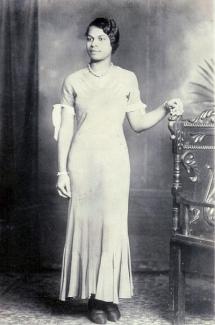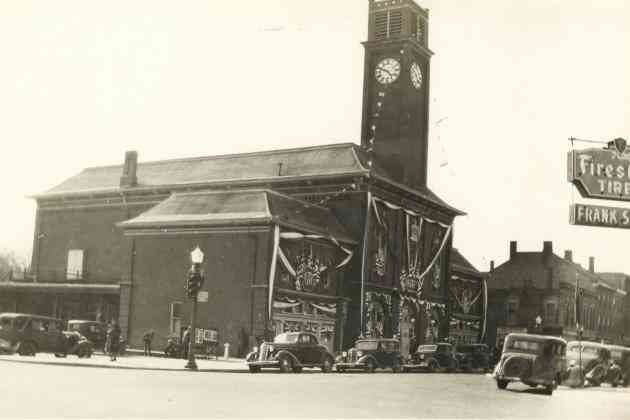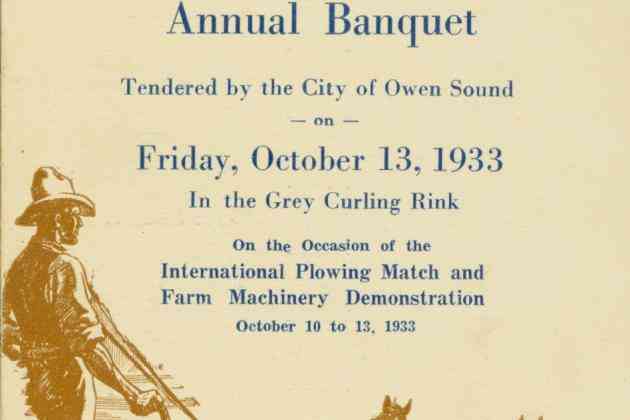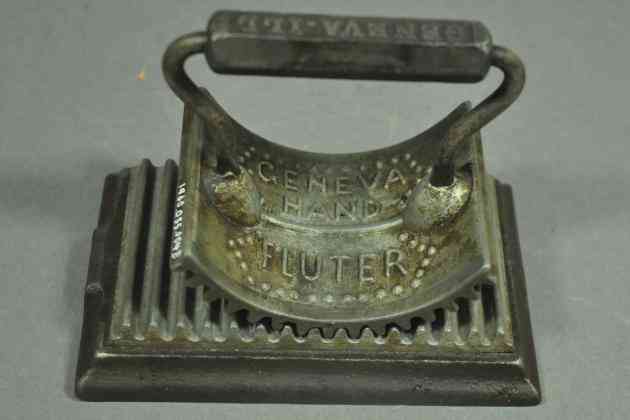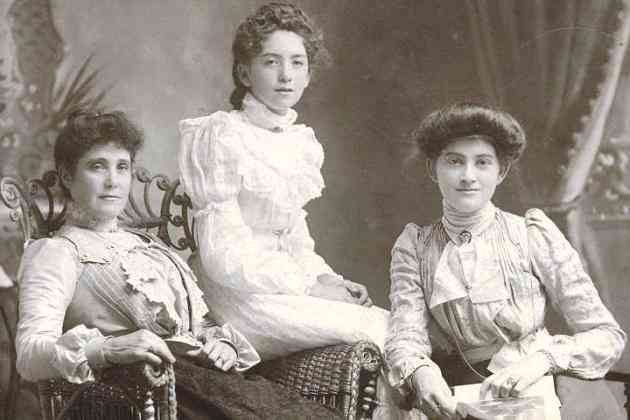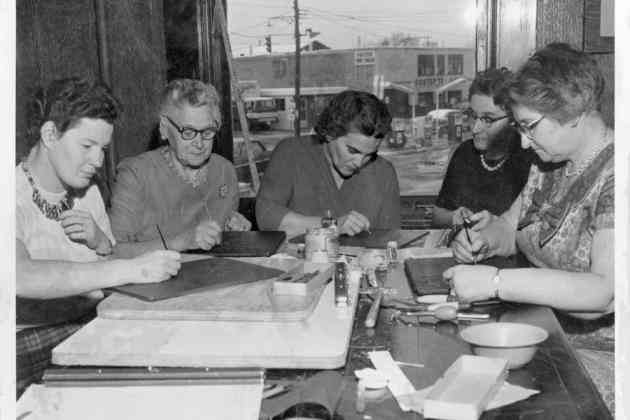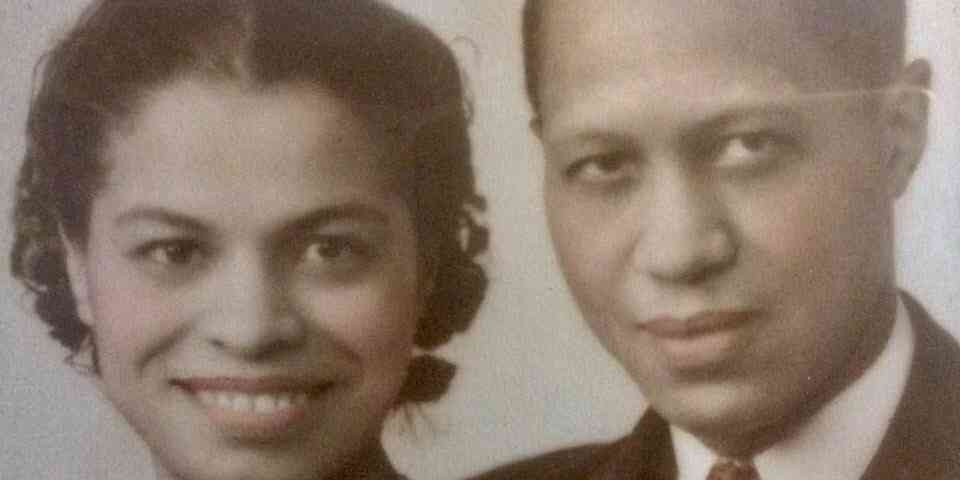
Black History in Grey County

Black citizens have been a part of Grey County since the very first non-Indigenous settlers arrived in the northernmost part of the Queen's Bush. Some of these early pioneers were born in Canada, while others had only recently slipped the bonds of slavery in the Upper South. All contributed significantly to the settlement of the last available land in southern Ontario in the mid-nineteenth century.
After a long and arduous journey to freedom, the escaped slaves arrived to discover even greater challenges awaited them. Racism frequently overshadowed every effort the Black settlers made to begin a new life. Insecurity and uncertainty in border cities often propelled people to move further north into Ontario. Indeed, one of Grey County's most prominent early Black citizens, John Hall, had been born in Amherstburg, Ontario, but was captured in a border raid as a young man and sold into slavery in Kentucky.
Several important Black settlements existed in Grey County including Nenagh and Virginia (now Ceylon) in the southern part of the County, Artemesia Township, around Holland Centre in the middle, and Owen Sound in the north. The small village of Priceville in southern Grey County sprang to life very early in the settlement history. Amongst its earliest pioneers were both free Black citizens and fugitive slaves, seeking to establish a community for themselves away from bounty hunters and common prejudice. By the 1840s, few settlers had set up homesteads in the north end of the Queen’s Bush, so the area seemed fresh and open for the freedom-seekers. Some of these early residents included James M. Washington, Christopher J. Simons, Abraham Sheffield, James Handy, Philip Washington, James Jackson, Debbera Sheffield, Ellen Handy, and John Handy. Many of these individuals practiced trades, although a good number of them also farmed the land.
The vibrant Priceville community initially flourished. Additional European immigration of the 1850s changed the district dramatically. Although some individuals struggled to hold on to their lands, the new arrivals often forced the older residents out. Many made their way to Collingwood, Owen Sound and elsewhere. By 1930, little evidence remained in Priceville of the early Black settlement, except for their gravestones. A white farmer decided to remove the gravestones and plant potatoes on the land. The quest to uncover the early history of Priceville and restore the cemetery has taken the better part of the last 70 years.
In central Grey County, south of the small village of Williamsford, the fertile, yet sparsely populated land along Negro Creek and Negro Lake naturally attracted pioneers in the mid-nineteenth century. Freer of some of the prejudices and discrimination in the more developed areas of southern Ontario, by 1851 some 50 Black families made their home in the Negro Creek district. Some of these families may have made their way into the area shortly after the War of 1812, even before local Indigenous people had negotiated and signed an official treaty (1836). The name Negro Creek appeared on a Patents Plan (No. 46) for Holland Township, on December 29, 1851, indicating that the community was well established by that time.
Although few of the original Black pioneer families remain in the area today, some of their descendants can be found in neighbouring communities. The Earll, Douglas, Miller and Bowie families, amongst others, cleared the forests and ploughed the fields around Negro Creek and Negro Lake. Lot 11, Concession 1, South West of the Toronto-Sydenham Road stayed in the Earll family until Solomon sold it to Robert Webster in 1906 and moved to Owen Sound. In addition to farming the land, in later years many of these settlers and their children mined marl (a stone rich in calcium carbonate) out of Williams Lake.
A section of Owen Sound, north of 18th Street East, along 3rd Avenue, received the colourful name of “Mudtown”. The limestone bluffs east of the factories tended to have water run-off and mud slides in the spring, choking the streets in this low-lying area with mud.
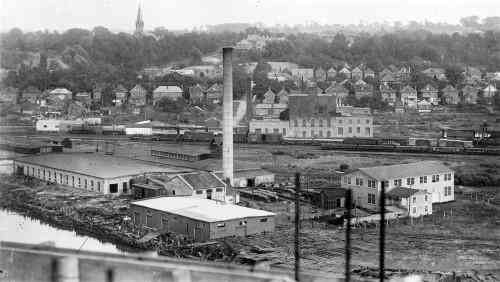
Black residents first moved into the neighbourhood in the 1880s. The Polson shipyard employed a large number of workmen and the sudden influx of workers to town necessitated affordable housing. Some landowners built small houses in the vicinity of the shipyard for the families of these workmen and labeled the area “Polsonville”. As other factories, including the National Bolt, Screw and Wire Company and McQuay’s Tannery opened along the east shore of Owen Sound, factory workers who could not afford to keep horses (and later on, cars) tended to live in the area so they could be close to their workplaces. The state of roads and sidewalks, worsened every spring by the run-off from the nearby cliffs, quickly inspired locals to call the area “Mudtown”. In 1920, city residents held a contest to rename Mudtown, so that it would not have such a bleak name. The official new name chosen was “Northcliffe,” in honour of a British statesman. Neither Polsonville nor Northcliffe captured the imagination of residents, and they continued to refer to the neighbourhood as “Mudtown”.
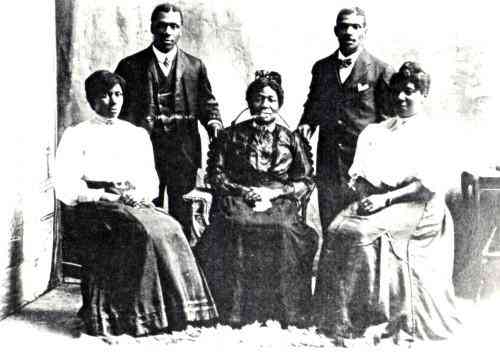
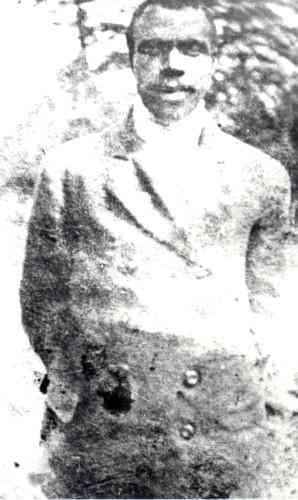
Many neighbourhood families struggled to survive on factory incomes. The Northcliffe Mission opened in the early 1930s to assist people stressed under the crush of the Great Depression. Neighbourhood children, unaware of the economic difficulties, enjoyed the freedom and openness of Mudtown. The cliffs, hills and wooded areas provided ample space for childhood games and adventures. Some of the surnames in a 1932 directory show some Black families lived in the vicinity of Mudtown: Douglas, Booey, Scott, Morton, Earlls. Just above the hill, on what is now 8th Avenue East, north of 16th Street, the street bore the name of the first family to settle in the area. The Douglass family, an African-Canadian family, lent their name to the roadway, and it became known as Douglass Street.
Individual Black families made homes for themselves elsewhere in the County, but these settlements flourished and swelled with a population ready for challenges and hard work.
In the first half of the twentieth century, Owen Sound developed as an industrial and shipping hub on the Great Lakes. Factories lined both sides of the City's harbour, and employed hundreds of local residents. Factories such as the Canadian Malleable Iron Works, Circle Bar, Noma Lites, RCA and Wm. Kennedy & Sons hired Black workers. Often these workers faced hiring discrimination, particularly in difficult economic times.

Seasonal employment was available on the schooners and steamships of the Great Lakes, which stopped frequently in Owen Sound. Often Black men worked as deckhands or cooks. By the early twentieth century Black women sometimes joined their husbands on the boats, also in the kitchens or in housekeeping. Since they were away so much, the people working on the Lakers would put on special events when they were home, such as the famous "Sailors' Suppers," to raise money for the British Methodist Episcopal Church.
Some enterprising individuals made names for themselves in the local community. William Henry Harrison's career as a quarryman in Owen Sound arose during an important era of civic construction in the city. In addition to local work, William Henry Harrison also shipped stone across the country, including the quarrying, plugging and feathering of stone for the locks at Sault Ste. Marie. Amongst other local projects, William Henry Harrison worked on First Baptist Church, St. Mary's Separate School, cement plants, and several local stores.
The Cousby family displayed remarkable ingenuity and resourcefulness in Owen Sound's early business community. Jeremiah's confectionery (sweet shop) enjoyed great popularity, in large part due to the ice cream and Coca-Cola that his main street store offered. Cousby's confectionery was the first to sell the carbonated beverage in the city. In 1907, Jeremiah was voted the most popular merchant in Owen Sound. Jeremiah's son, Jeremiah junior (Jerry), learned from his father's example of hard work and determination and applied himself to his studies. Jerry Cousby practiced law, and co-owned the local newspaper, Owen Sound Sun (1897-1899), before seeking his fortune in the Alaskan frontier in the early twentieth century.
Some community members have succeeded to high levels of musical success, including opera singer Wilson Woodbeck, and musician and actor Tommy Earlls. The Sea Island Merry-Makers knew great popularity on the local scene in the mid-twentieth century. Church life, and an active social community including groups such as the Black (Prince Hall) Masons and the Daughters of the Eastern Star, has ensured that the local Black community could find and draw strength from one another, and participate in the larger community as well.


Grey County's Black heritage stretches back to the early days of settlement. Controversy, challenge and triumph mark the paths of individuals, and Black communities. The legacy of earlier generations lives on at Negro Creek, Priceville, Owen Sound, and elsewhere in Grey, as modern citizens work to ensure the contributions of these important pioneers are not forgotten.

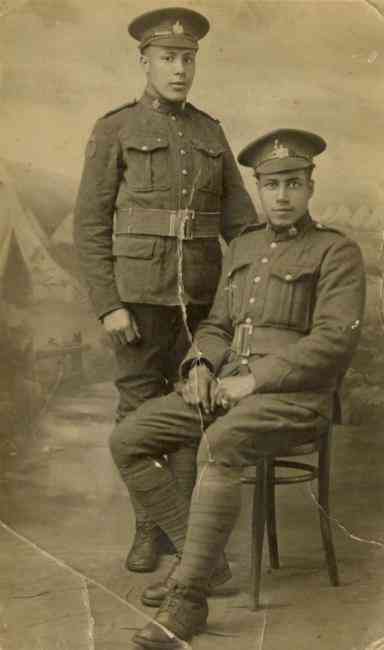
Meet some of the Black citizens of Grey County…
In the early days of Owen Sound, everyone knew Mary Taylor. Her short, round form and smiling, good-humoured countenance made her a popular figure throughout the town. Born into slavery and worked as a field hand, Mary ran away to freedom. In Owen Sound, she always carried a basket full of apples, oranges, or sweets to sell. Later, she opened an eatery on the market square. The strength of her youth did not desert her in later years. She could work with John, her blacksmith husband, and swing the sledgehammer effectively. She also enjoyed challenging and beating men in wrestling contests. Mary supported the British Methodist Episcopalian Church wholeheartedly. Mary Taylor grew up under the harsh yoke of slavery, an institution that sought to crush the individual's spirit. Mary never let her cruel youth overwhelm her sense of self. Despite the pain of bondage, she set up her own business, kept a good sense of humour, and worked hard to establish herself as one of the founding, and most interesting, people in Owen Sound's early history.
John Hall was born near Amherstburg in Upper Canada, in the late 1700s. One of his parents was Black, while the other was Indigenous. After a tumultuous childhood on the frontier between Indigenous, British and American societies, Hall, his mother and eleven siblings were abducted by Americans as "prisoners of war" but were sold into slavery. Hall later escaped and returned to Canada. He and his fourth wife and their children lived in Toronto for a time before they moved to the Rocky Saugeen area of what became Grey County. In the early 1840s they relocated to the village of Sydenham (Owen Sound).
John Hall claimed squatter's rights to land known as the public pleasure grounds (Victoria Park), a claim that no one contested. He was best known as Owen Sound's Town Bell-Ringer. He had a hand bell, which he rang as he did town crier work. He communicated news and upcoming events like auction sales. He passed away in 1900, a well-known founding citizen of the town.
Bea Tillman was born March 10, 1913 in Owen Sound, Ontario to Solomon Levi Earll, a quarry foreman and Sarah Ann Woods Earll. She was the third youngest of 12 children in a very close-knit family. After her father was killed in a bizarre quarry explosion when she was 11, the family was plunged into financial hardship. Tillman was a bright and gifted student but helping to support the family came first. The young girl found work as a maid and made the daily six kilometre trek from (what is now) Duncan McLellan Park through downtown and back up the hill to work at Miss Moore’s Maternity Hospital (now Highland Manor, a Bed and Breakfast). Tillman recalled having to put cardboard into her shoes to guard against the snow and cold and to cover the holes she wore in her shoes due to their hard use.
Eventually Bea Tillman found work in Toronto and stayed with one of her sisters. Tillman met her future husband at an annual picnic in Port Dalhousie, Ontario. This picnic was a favorite place for Black Canadian girls to meet young men from the United States. It was much like the Owen Sound Emancipation Day Picnic, but more music and dancing! George Woodbeck and Turner Tillman were very good friends and both attended the Port Dalhousie picnic around 1935. Beatrice Earll and Turner Tillman met, became fast friends and pen pals. The young couple wed in 1937 and they planned to begin their honeymoon at the King Edward Hotel. When they arrived, the hotel refused to honour their reservation because of their race. They ended up staying with her sister and brother-in-law on their wedding night.
Education and learning remained important to Tillman throughout her life. Talented with textiles, she was one of only three “colored” young women to receive their dressmaking degree in 1951 at the Warzecha Dressmaking School, a prestigious sewing school in Buffalo. She achieved her dream of earning her high school diploma in 1975. In her retirement, she also learned to swim, something that she had no time for during her interrupted youth.
Family remained a central force in her life, despite the distance. In 1961, Bea and Turner Tillman formally adopted her daughter. In the mid-1990s, with their daughter grown, they moved back to Owen Sound. She arrived in the midst of a historical crisis for the local Black community and quickly rallied her considerable resources and network. A road just south of Williamsford had been long-named Negro Creek Road, as many of the original settlers were Black, including Tillman’s own family. Her father had been born on that very road. A local council felt the name was politically incorrect and wanted to change it to Moggie Road, after a white settler. After many appeals, letters and discussions, led by Tillman, council reconsidered and kept the historic name to honour those first families. She continued to work to preserve and share local Black history, to ensure that it is integrated into the public record of the County’s past. She served as an advisor to the Grey County Museum to ensure that the stories, artefacts and photographs became part of the official, public history of the area.
Throughout her life, Tillman encountered racism and prejudice. She continued to show compassion and generosity, while diligently working to preserve and demonstrate the history, ingenuity and resilience of the local Black community. Much of Grey Roots’ Black history collection exists because of Bea Tillman’s tireless efforts to ensure that everyone knows the contribution of the Black community in Grey County.

